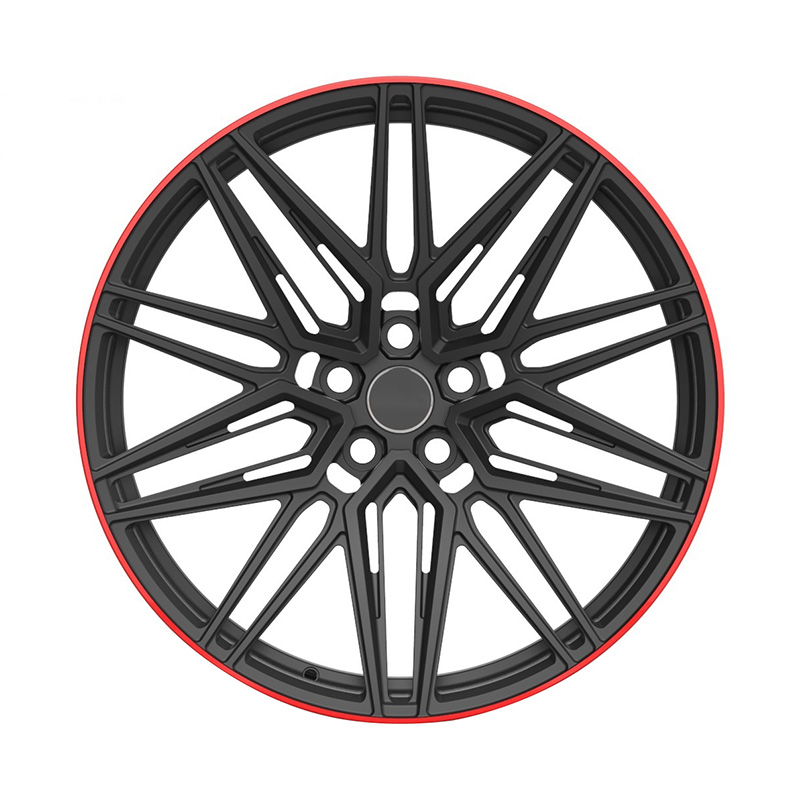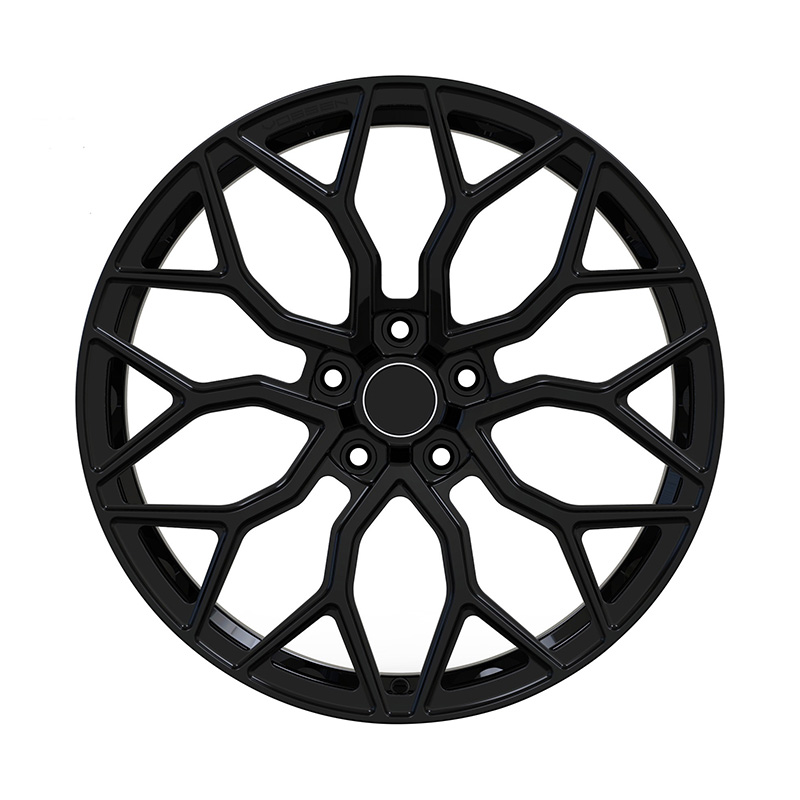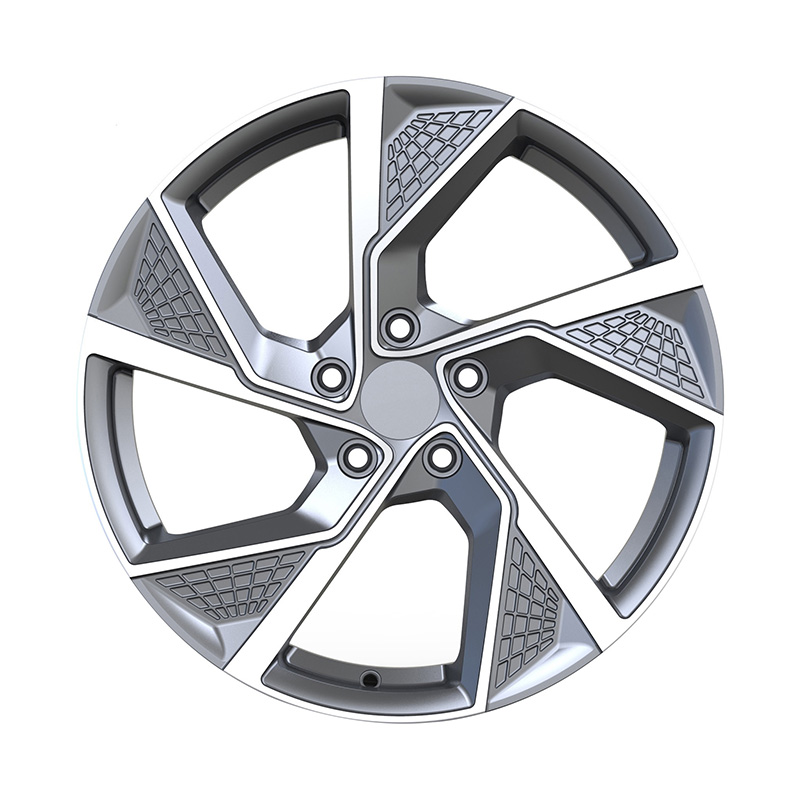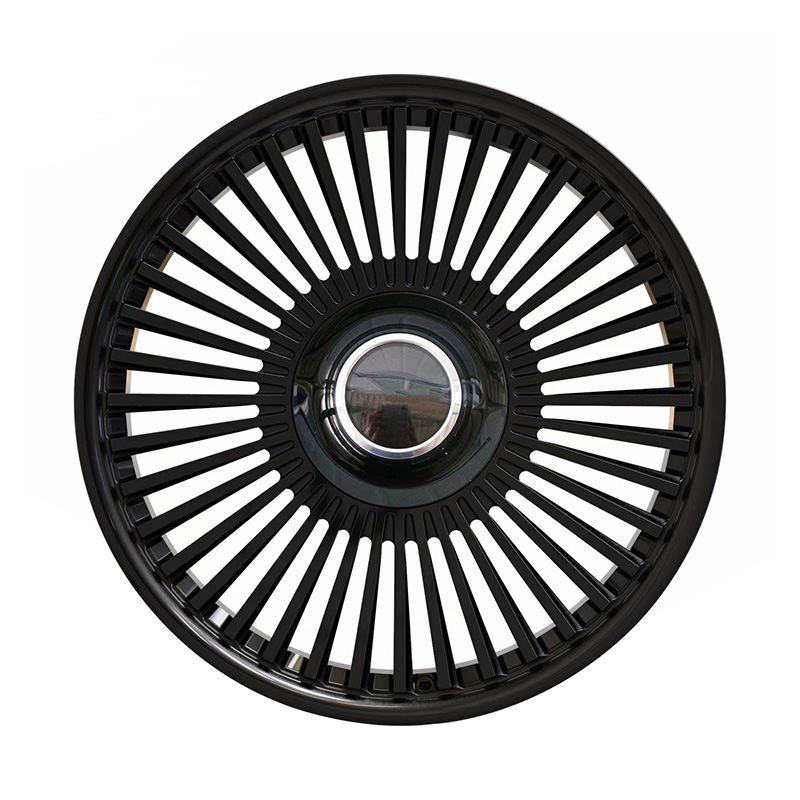
Submit
Submit feedback
What Are The Popular Trends In Aftermarket Modifications For 6061-T6 Aluminum Wheels?
2025-11-21
1. Lightweight Performance-Driven Designs
One of the chief reasons 6061-T6 alloy is trending is its capability to deliver high strength while keeping weight down. This makes it especially attractive for aftermarket wheels in high-performance builds. Reviews point out that many performance-oriented aftermarket wheels are built using forged or flow-formed 6061-T6 aluminium for exactly this reason.

For example, 6061-T6 aluminum wheels manufacturers highlight that using aerospace-grade 6061-T6 alloy can achieve significant weight savings and greater structural integrity.
Because unsprung mass (wheels, brakes, tires) has a big impact on handling, braking, and ride quality, many enthusiasts are upgrading to wheels that use 6061-T6 to gain these benefits.
2. Aggressive Styling: Deep Concave & Big Sizes
Aesthetic trends are strong. Among aftermarket wheel buyers, deep-concave profiles and large diameters are very popular. One article notes that in 2025 large wheels (24” diameter, for example) are trending with deep concavity—enabled in part because stronger material (like 6061-T6) allows for thinner spokes, greater design freedom.
Spoke counts, directional spoke designs, split-spokes and mesh patterns are all in fashion. Finishes follow suit: matte blacks, satin bronzes, two-tone faces (machined face + coloured barrels) are gaining traction.
Thus, wheels made from 6061-T6 are positioned not only as performance upgrades but as major style statements.
3. Custom Finishes & Personalisation
Customization is another strong theme. Buyers want wheels that match or accent their vehicle’s colour, brake calipers, body kit or general aesthetic. With stronger aluminium alloys like 6061-T6, manufacturers have leeway to provide more intricate machining, finer finishes, and bespoke options.
Options include: water-transfer printing, custom paint matched to car body or accents, laser engraving of logos or text, two-tone finishes (e.g., black spokes + silver lip), and unique centres. Therefore 6061-T6 alloy wheels are used as canvas for high customization.
4. Material & Manufacturing Technology Advancement
The material story is strong: 6061-T6 is a solution-treated and artificially aged alloy offering good mechanical properties, weldability and corrosion resistance. In the wheel world, this means:
- Forging or flow-forming processes being applied to 6061-T6 to produce stronger, lighter wheels.
- Use of aerospace-grade specs of 6061-T6 (higher ultimate tensile strength, stricter QC) in high end wheels.
- Integration of manufacturing process features (CNC machining, run-out control, finishing precision) more frequently in aftermarket product lines.
5. Market Segmentation: Performance, Off-Road, EV
The 6061-T6 wheels trend isn’t limited to sports cars. Several segments are showing uptake:
- Performance builds (track day cars, modified street cars) where weight and strength matter.
- Off-road / SUV / truck applications: even heavier vehicles benefit from alloys that reduce unsprung & rotational mass, while maintaining strength under load. One article noted forged 6061-T6 alloy wheels used in off-road 4×4 builds for their durability.
- Electric vehicles (EVs): as vehicle weight increases (battery packs) and performance expectations remain high, lightweight strong wheels become even more important. Some trend-reports highlight this.
Key Takeaways for Aftermarket Manufacturers or Modifiers
Offering products made from 6061-T6 alloy allows you to emphasise both performance credentials (lightweight + strength) and premium styling.
Focus on design differentiation: deep-concave profiles, custom spoke patterns, large diameters (20”+), two-tone finishes.
Provide bespoke/custom fitment options (widths, offsets, bolt patterns) since many customers are tuning vehicles heavily.
Make the manufacturing story part of the marketing: e.g., aerospace-grade 6061-T6, CNC-machined, run-out tolerances, forged/flow-formed process. This adds credibility.
Be aware of fitment and practical issues: bigger wheels and concave designs may necessitate brake clearance, suspension check, and might affect ride comfort or sensor calibrations.
For wider market appeal: cater not just to sports cars but to trucks/SUVs and EV—those segments are increasingly important.
recommend products
-
Zhenlun Multi Spokes Split Monoblock Forged Wheels Bronze With Silver Lip Edge
-
Zhenlun Matt Black With Red Lip Monoblock Forged Wheels
-
Zhenlun Gloss Black Monoblock Forged Wheels Gloss Black For Sports Car
-
Zhenlun Monoblock Forged Wheels Lightgrey With Machined Face
-
Zhenlun Monoblock Forged Wheels Gloss Black Dense Multi Spoke

 0
0













